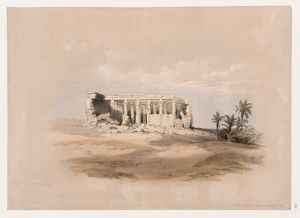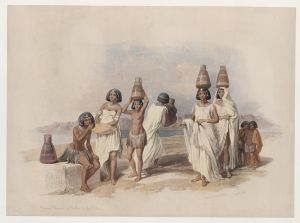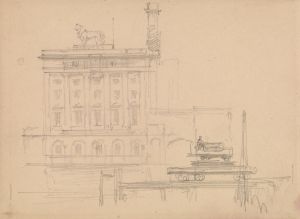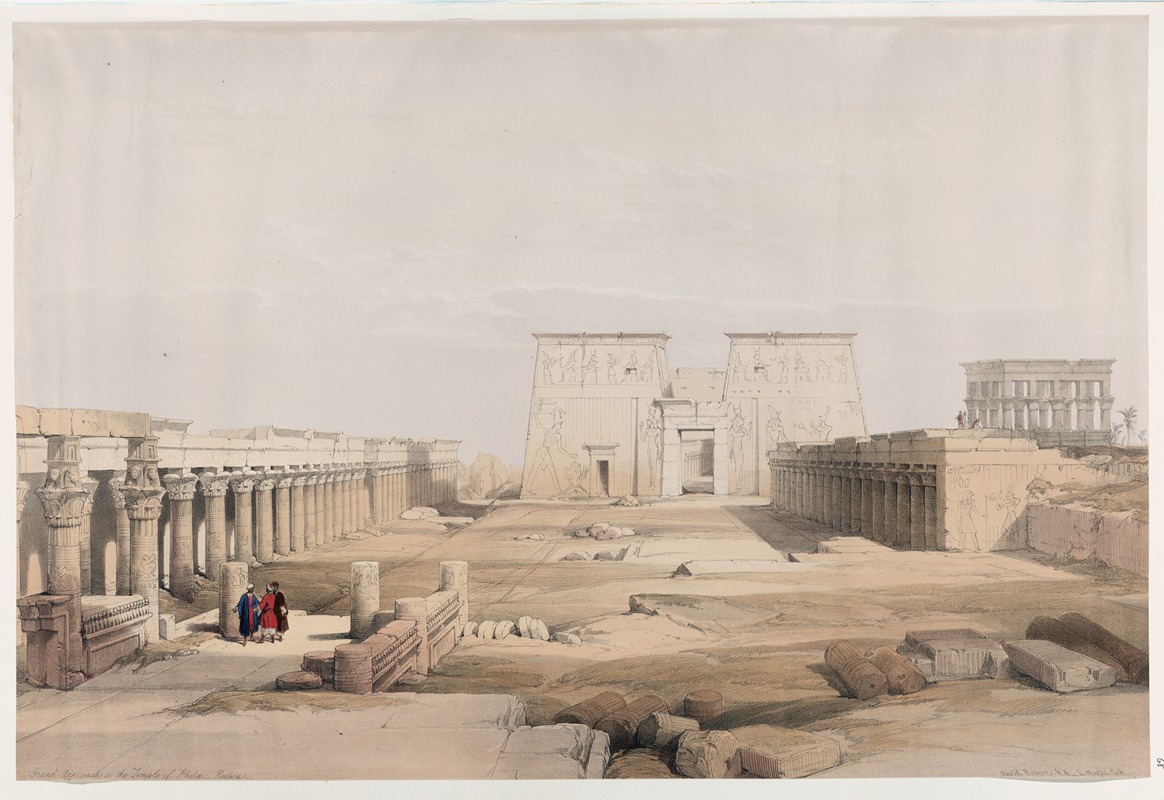
Grand approach to the Temple of Philæ, Nubia.
A hand-painted replica of David Roberts’s masterpiece Grand approach to the Temple of Philæ, Nubia., meticulously crafted by professional artists to capture the true essence of the original. Each piece is created with museum-quality canvas and rare mineral pigments, carefully painted by experienced artists with delicate brushstrokes and rich, layered colors to perfectly recreate the texture of the original artwork. Unlike machine-printed reproductions, this hand-painted version brings the painting to life, infused with the artist’s emotions and skill in every stroke. Whether for personal collection or home decoration, it instantly elevates the artistic atmosphere of any space.
"Grand approach to the Temple of Philæ, Nubia" is a lithograph by the Scottish artist David Roberts, known for his detailed and historically significant depictions of the Middle East and North Africa. David Roberts was born on October 24, 1796, in Stockbridge, Edinburgh, and became one of the most prominent Orientalist painters of the 19th century. His works are celebrated for their accuracy and attention to detail, capturing the architectural and cultural essence of the regions he visited.
The lithograph in question is part of Roberts' extensive body of work that resulted from his travels to Egypt and the Near East between 1838 and 1839. During this journey, Roberts meticulously sketched numerous ancient sites, which he later transformed into lithographs with the help of lithographer Louis Haghe. These works were published in a series titled "The Holy Land, Syria, Idumea, Arabia, Egypt, and Nubia," which was released in parts between 1842 and 1849. The series was highly acclaimed for its artistic quality and its role in bringing the wonders of the East to a European audience.
The Temple of Philae, located in Nubia, was one of the many ancient sites Roberts visited. Philae was an island in the Nile River, and its temple complex was dedicated to the goddess Isis. The temple was renowned for its architectural beauty and historical significance, serving as a major religious center in ancient times. However, the construction of the Aswan Low Dam in the early 20th century led to the submergence of Philae, prompting a UNESCO-led project in the 1960s to relocate the temple to the nearby island of Agilkia.
Roberts' depiction of the "Grand approach to the Temple of Philæ" captures the grandeur and majesty of the site as it appeared in the 19th century. His lithograph showcases the temple's impressive pylons and columns, set against the backdrop of the Nile and the surrounding landscape. The artwork reflects Roberts' keen eye for detail and his ability to convey the scale and atmosphere of the ancient world.
David Roberts' works, including this lithograph, played a significant role in shaping Western perceptions of the Middle East and North Africa during the 19th century. His art provided a visual record of sites that were, at the time, largely inaccessible to the general public. The accuracy and artistic merit of Roberts' lithographs have ensured their lasting legacy, making them valuable resources for historians and art enthusiasts alike.
Today, "Grand approach to the Temple of Philæ, Nubia" remains an important piece within Roberts' oeuvre, exemplifying his contribution to the field of Orientalist art and his dedication to documenting the cultural heritage of the regions he explored.





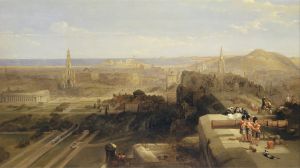
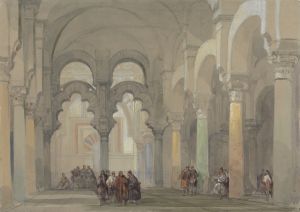
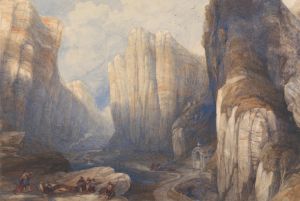
![Colossus in front of Temple of Wady Saboua [Wadi al-Sabua], Nubia.](/imgs/217471/s/david-roberts-colossus-in-front-of-temple-of-wady-saboua-wadi-alsabua-nubia-503a97c9.jpg)
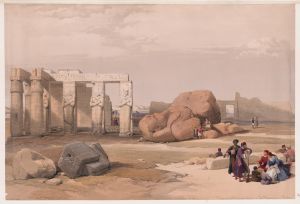
![Karnac [Karnak]. Nov. 27, 1838.](/imgs/217501/s/david-roberts-karnac-karnak-nov-27-1838-2ea4b2c4.jpg)
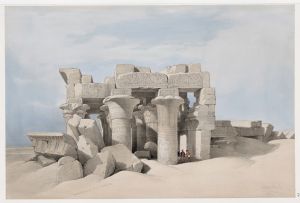
![Medint [sic] Abou [Medinet Habu], Thebes. Dec. 8th, 1838.](/imgs/217511/s/david-roberts-medint-sic-abou-medinet-habu-thebes-dec-8th-1838-4bc38982.jpg)
![Portico of the Temple of Edfou [Idfû], Upper Egypt. Nov. 23rd, 1838.](/imgs/217527/s/david-roberts-portico-of-the-temple-of-edfou-idfu-upper-egypt-nov-23rd-1838-79b6cf5b.jpg)
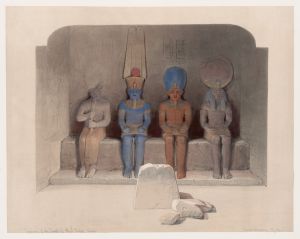
![Wady Dabod [Wadi Dabod], Nubia. Nov. 16th, 1838.](/imgs/217574/s/david-roberts-wady-dabod-wadi-dabod-nubia-nov-16th-1838-f16a99ed.jpg)
